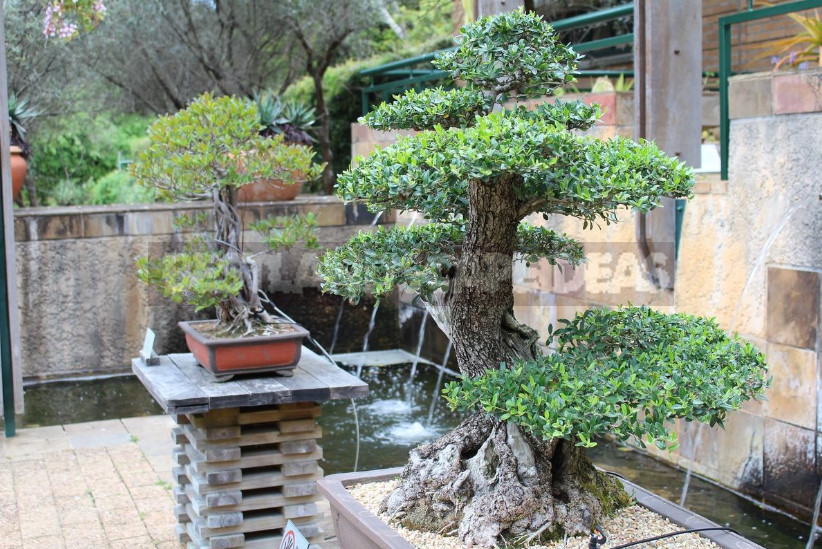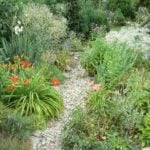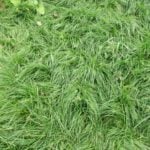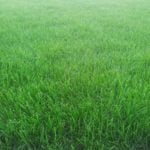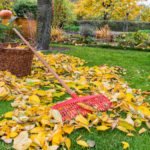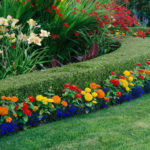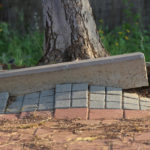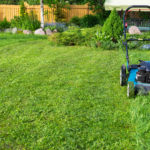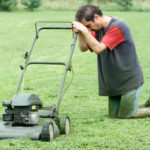The ancient art of growing dwarf trees in pots spread around the world, turning from the fun of the Japanese aristocracy into a mass craze. For many centuries, the Japanese have learned to form miniature copies of trees growing in natural conditions. In Japan, this art has reached a tremendous development and today represents a whole science with numerous schools and techniques of formation, allowing you to get plants of different configurations: straight, asymmetric, inclined, “bent by the wind”, “weeping”, cascade and others. These forms inspired by nature Japan, where in particular the climate, the plants become harmonious, sophisticated silhouettes.
Recently, gardeners are increasingly using Oriental style in design, and the creation of bonsai in the open field is undoubtedly a fashionable and promising direction. The formation of the garden bonsai is not much different from the traditional one, but the familiar methods of working with woody plants are used: pruning, pinching and grafting.
The size of the garden bonsai, in contrast to the canonical Japanese, are arbitrary. The source material can be an old fruit tree, an unsightly twisted shrub in the corner of the garden, an unusual specimen found in nature and, of course, a young plant. Look at the plants of your garden, maybe one of them is ready to be made of it bonsai?
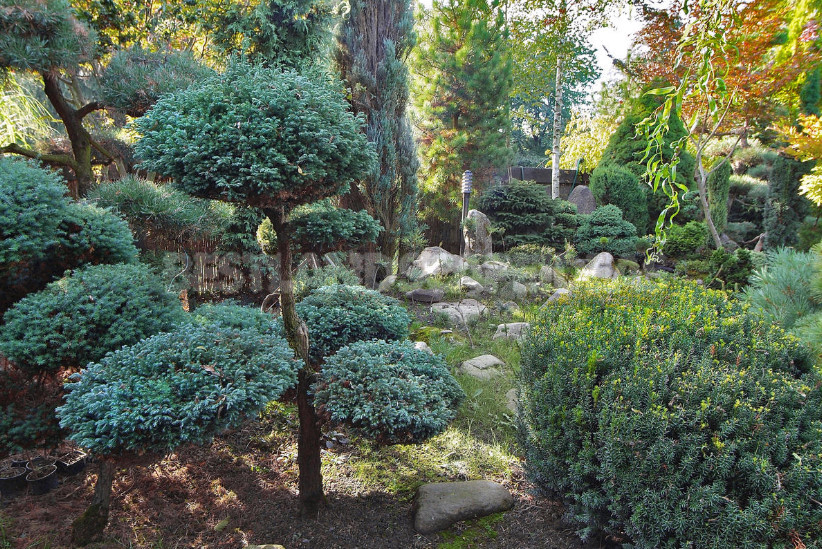
It happens that in just a few years of purposeful pruning from a nondescript tree with bare trunks and sticks sticking out in all directions, you can create attractive unusual trees in the Oriental style.
Many gardens certainly are growing Apple trees or cherry, which have long been not pleased with the yields and look messy. Try to remove all the small branches on the bottom of the crown so that the main trunk is clearly visible, and in the spring cut off the top of the crown parallel to the ground. Repeating these actions every year, you will form at the top of the crown thick caps of foliage on a graceful curving trunk. Soon you will see how the silhouette of the tree changes, and get pleasure from this very easy garden work.
With coniferous plants, the result may be more spectacular, but the formation process is longer. For example, a dense and dense crown of mountain pine, for many years to please you, begins to become rare and loose. A great reason to start forming!
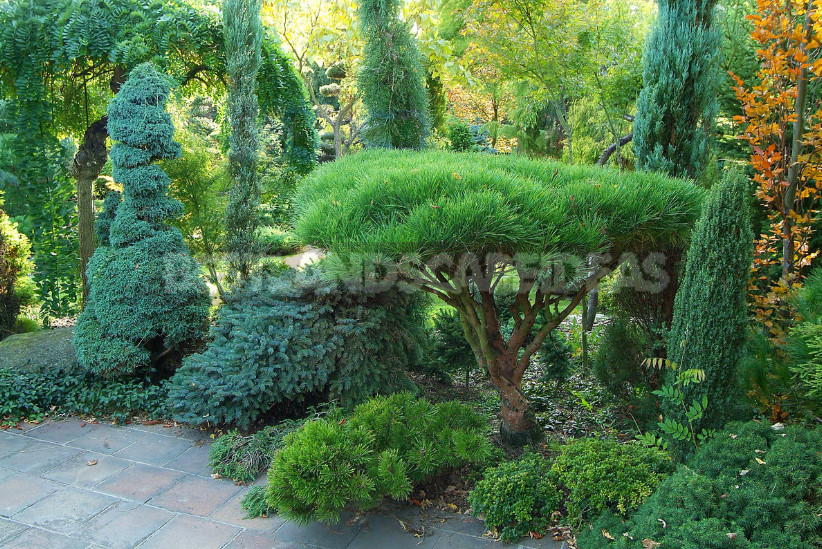
Look inside the crown and select a few branches, forming a beautiful silhouette. The other branches without regret cut, and in the early summer when the buds are touched in growth, pinch them, leaving 1-2 cm For the next season in the upper part of the crown incorporated a lot of new buds, and they will give a start to a beautiful new crown in the form of a cloud.
The same can be done with Pinus sylvestris. The only thing-along with pinching shoots and thinning the crown of the branch Pinus sylvestris will have to be fixed in a horizontal position. Usually use a thick wire, tie up loads or pull ropes. This is necessary to preserve the tiered shape of the crown, otherwise — without fixing — the branches begin to “clump”, the space between the tiers is closed.
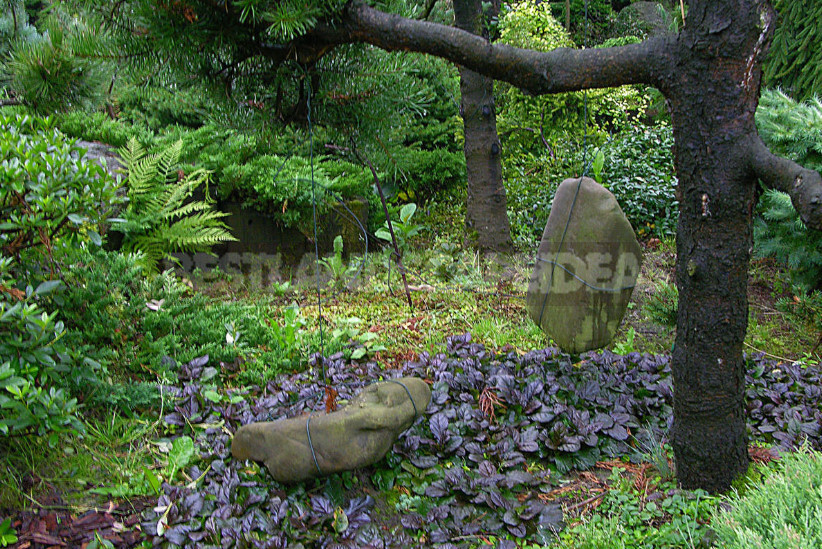
I note that of all coniferous Pinus sylvestris and Pinus mugo — the most suitable material for garden bonsai in the middle lane. Do not be afraid to cut out the extra branches, because pine — very plastic trees, it is thanks to their abilities, they were able to adapt to the harsh conditions of nature — the drying winds of the highlands and the crackling frosts of the North.
Pine trees with great pleasure take the desired shape, the main thing-to help them. At the same time, the gardener himself will comprehend harmony and develop taste, bringing the form to perfection. In addition, working with the form is a hobby for many years, and the result is an exclusive and unusual plant that pleases owners and surprises guests.
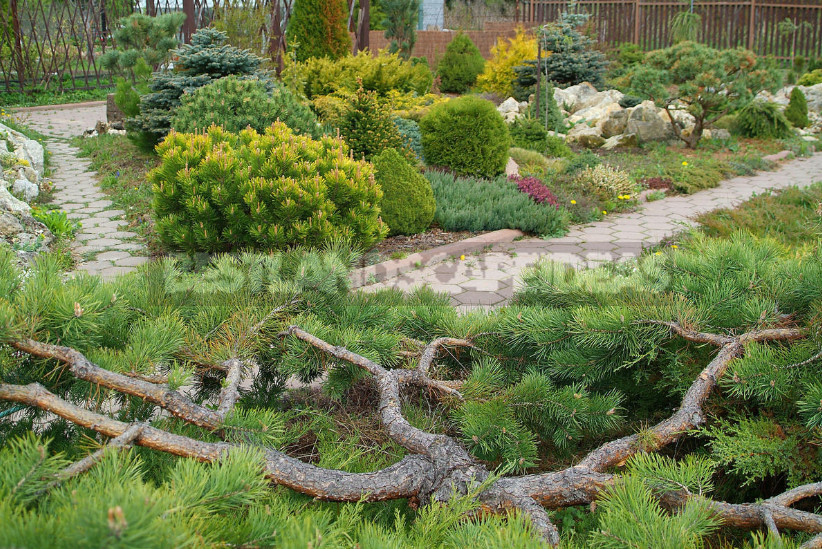
In addition to pine trees, to create a garden bonsai suitable and other conifers. Very resistant and tolerant to pruning Larix decidua, well formed varieties Juniperus chinensis, Chamaecyparis pisifera. You can try to work with varieties Picea abies.
Remember that pine trees do not know how to lay buds on lignified shoots last year, so you can only pinch young candles-shoots in early summer, and Juniperus, Larix, Picea and Chamaecyparis can be cut at any time, even with scissors.
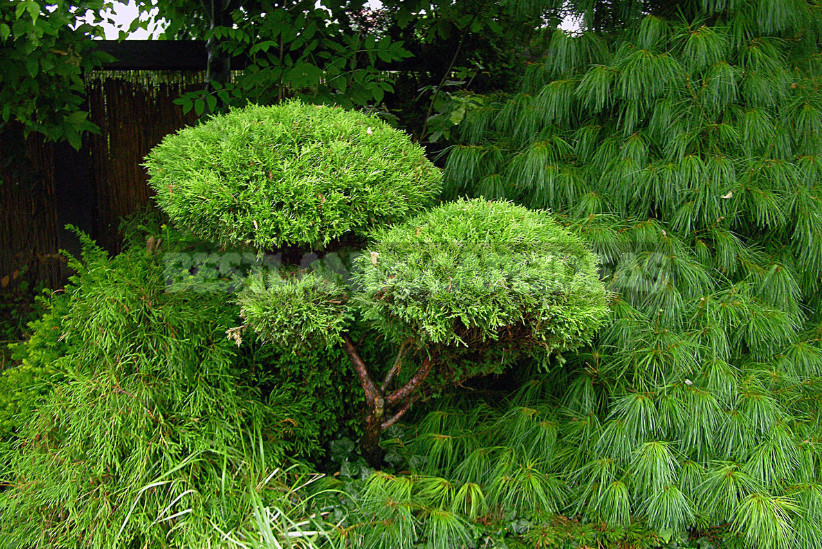
From deciduous for our climate suitable Crataegus, maples, oak, and fruit — Apple, cherry. Despite the small range, these trees are stable in our climate and well tolerate the formation.
Recently on sale there were ready bonsai grown in the nursery and suitable for planting in the open ground. Usually these are multi-barrel versions of Pinus sylvestris or Pinus mugo, on which green thick caps of needles are formed. Such plants are usually very expensive and do not always look harmonious, so you can consider them as a material for creating a more perfect, from the point of view of the owner, the tree. In any case, after landing will have to care for them, continuing the work begun in the nursery every year to pinch back the shoots and cut unnecessary branches, otherwise your bonsai will turn into a normal tree.
If you own the technique of vaccination, the process of creating a bonsai can be somewhat accelerated: on a tall rootstock to instill several cuttings of dwarf varieties, thus creating a multi-tiered plant. The advantage of this method is that in the future you will not need pinching shoots, as grafted variety — dwarf.
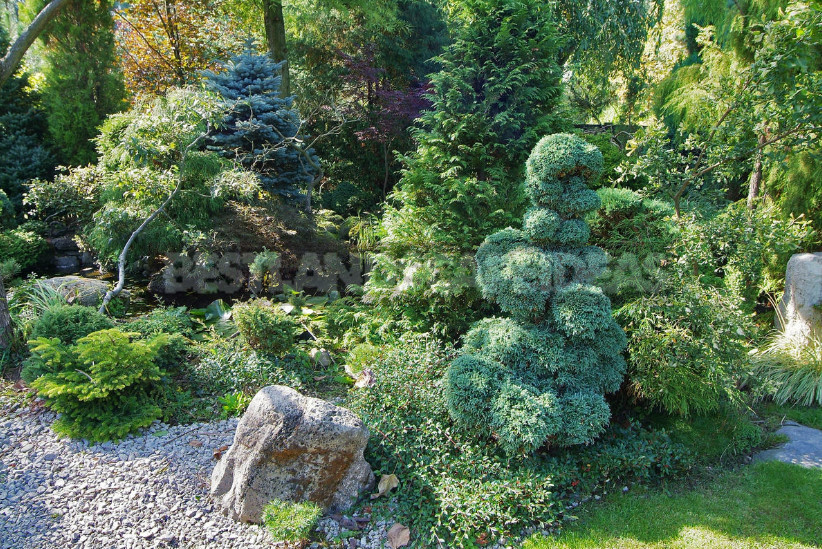
Creating a bonsai, do not forget that it is not only a formed tree, but also its harmonious combination with the surrounding space. Bonsai is a self-contained work of art, closely related to the other elements of the composition, as it imitates a piece of nature in miniature.
Agree that your masterpiece will look somewhat ridiculous if growing around nettles or beds of strawberries. Therefore, to give an Oriental flavor and support the overall style in the garden cut everything! Favorite shrubs will be a great addition to the formed trees, if you give them a smooth, streamlined shape with regular haircuts.
In addition, the highlight will add plants that are close in appearance to the plants of Japanese flora. Strive to make the composition harmonious, and the garden itself will tell you what changes are needed.
